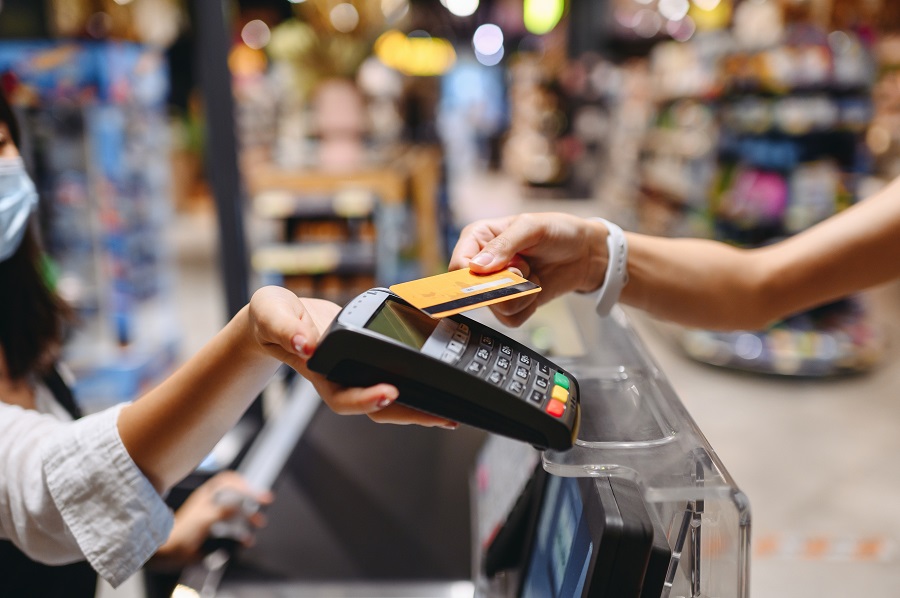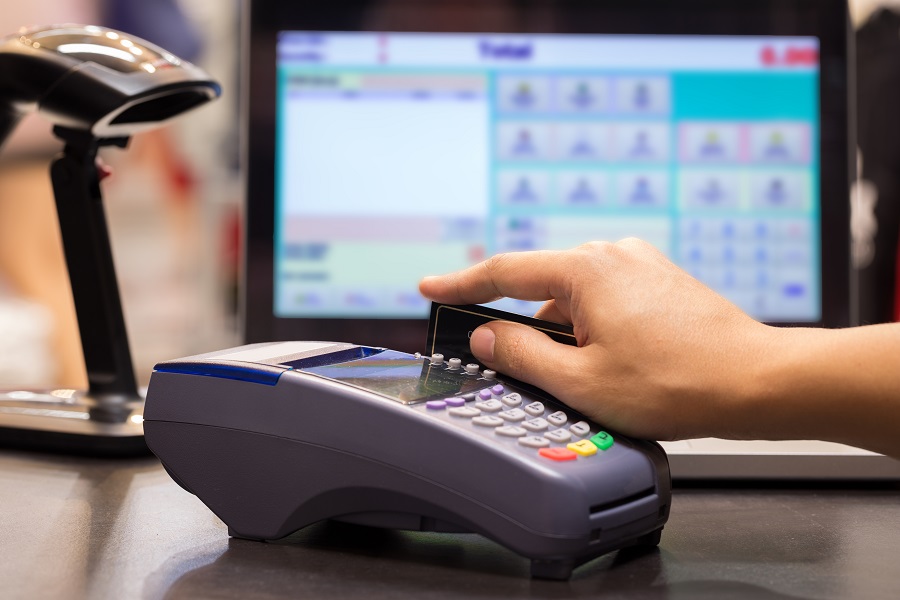09 Jan

These days, customers want flexibility in how they shop – whether it’s on mobile during their morning commute or swinging through your brick-and-mortar location on a Saturday. Multichannel commerce is important now. The good news is that selling across different channels – online, mobile, catalog, in-store, etc. – opens up a ton of opportunities. But taking advantage of this requires operational improvements- specifically a modern point of sale system that can handle all those channels in one place!
Here are some reasons why every growing retailer needs a multichannel POS.
More Sales Channels = More Sales Opportunities
But First, What is Multichannel Retailing?
Multichannel retailing means selling across different sales channels – for example, in-store, online, mobile, catalog, etc. As a retailer in 2023, you likely already have an online store, and maybe even sell on marketplaces like Amazon and eBay.
Having more channels means more opportunities for customers to buy from you. And that means more sales! But taking advantage of multichannel selling isn’t so easy if your systems aren’t set up for it.
Legacy POS Systems Lead to Information Silos
Many retailers started with a single brick-and-mortar store (good for you!). So naturally, your first POS system was designed for in-person selling.
But as you expanded online, you ended up stitching together separate systems for your online store, marketplaces, inventory, accounting, etc.
The result? Information silos. Information lives in separate systems that can’t “talk” to each other. This causes all sorts of problems:
- No centralized customer profiles across channels
- Inventory inaccuracies between channels
- No unified reports and analytics
- Difficult omnichannel order fulfillment
Running a multichannel retail business is hard enough without all these headaches!
Also Read: Guide to Inventory Reporting for Retail Businesses
Modern Multichannel POS to the Rescue
A modern, unified retail POS system solves these problems by connecting data across channels into a single view. That means:
- Centralized customer profiles that aggregate transactions and history across channels
- Shared inventory visibility that keeps counts accurate on all channels
- Consolidated reports and analytics give you a “single source of truth”
- More efficient order processing and fulfillment
This is the dream scenario for multichannel merchants! No more siloed data, better business insights, and smoother operations.
One major benefit of multichannel retailing is that you get a more complete view of customers. And you can deliver better experiences no matter where they shop.
Let’s walk through some examples.
Multichannel POS Use Cases and Examples
Imagine Anne, an existing customer who typically shops in your stores. She purchases a couple of times a year, but not a huge amount for each transaction.

In-Store Pickup After Online Purchase
Anne browses your website and puts a $100 order together. At checkout, she selects “in-store pickup” as she’ll be near one of your locations later that day.
- With a multichannel POS, Anne’s online purchase is immediately reflected in your store’s inventory counts.
- The store clerk identifies Anne at pickup and has access to her full purchase history. He personalizes her hand-off based on the products she’s bought.
- Anne loves the recognized service! She feels more loyalty to your brand.
Consistent Loyalty Program Across Channels
Over time, Anne starts buying more frequently online as you expand your offerings. She opts into your loyalty rewards program during an online purchase.
- The next time Anne visits a store, the staff greets her by name and her loyalty status is visible.
- She redeems some points for discounts on that day’s purchases. Her loyalty balance stays up-to-date across all channels.
- Anne buys more to keep earning rewards!
Customized Emails Based on In-Store Behavior
On a trip to one of your stores, Anne tries on a few dresses but doesn’t purchase anything.
- Because in-store interactions are tracked in your centralized POS, you know Anne showed interest in dresses.
- You send her an abandoned cart email reminding her of those items.
- She purchases one of the dresses online later that week!
Pretty cool right? These kinds of experiences keep customers happy and buying more over time. They’re only possible with the full visibility a unified POS provides.
Key Multichannel POS Capabilities
So when researching the best POS system for multiple stores, what specific multichannel features should be on your checklist? Here are some must-haves:
- Omnichannel order management – Process orders smoothly across channels
- Unified inventory – Shared stock visibility across all sales and fulfillment channels
- Centralized customer profiles – 360 customer views based on interactions across channels
- Cross-channel analytics – Holistic reporting for better decisions
- Flexible promotions – Shared promotional tools, discounts, and loyalty programs across channels
- Store associate mobile POS – Let associates engage customers anywhere on the sales floor, not just at registers
Prioritizing these omnichannel selling capabilities will set you up for multichannel retail success.
Still, running old registers? It’s probably costing you operational headaches. As you grow, now is the time to level up to a true multichannel retail point-of-sale system. You’ll unlock new revenue growth and breathe easier with integrated retail management.





